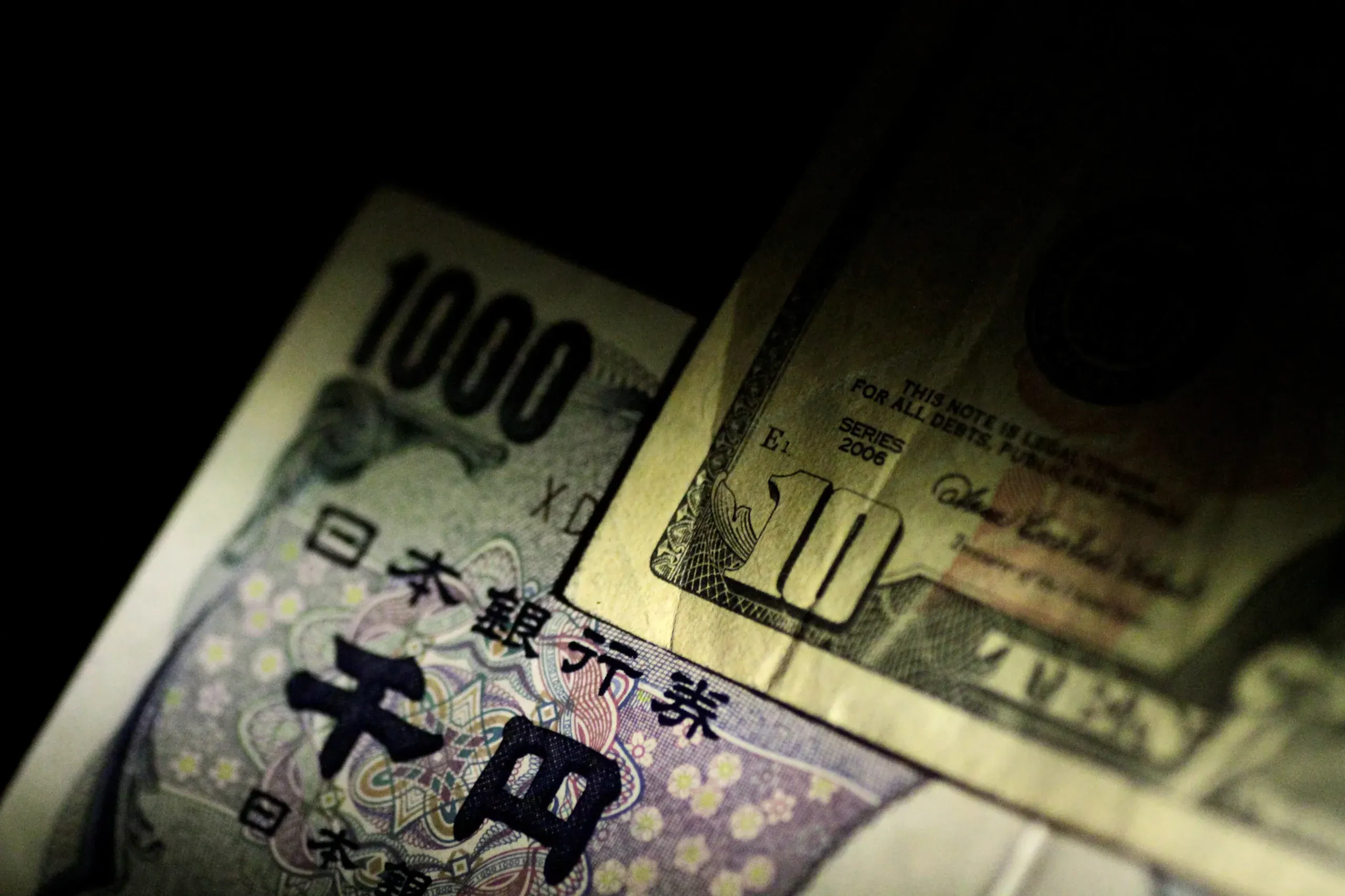
Dollar steadies, sterling eases ahead of inflation data
By Rae Wee
SINGAPORE (Reuters) -The dollar recovered some ground on Wednesday after soft U.S. retail sales data reinforced bets of imminent Federal Reserve rate cuts, while sterling dipped ahead of a reading on UK inflation due later in the day.
U.S. retail sales barely rose in May and data for the prior month was revised considerably lower, data showed on Tuesday, suggesting that economic activity remained lacklustre in the second quarter.
That knocked the greenback lower in the immediate aftermath, though its losses were limited against a basket of currencies as the euro, which holds the largest weight in the dollar index, continues to be weighed down by political jitters in France and the wider bloc.
The euro was last marginally lower at $1.0736, while the dollar index steadied at 105.28.
“We thought that the U.S. retail sales would be weak, and it was,” said Joseph Capurso, head of international and sustainable economics at Commonwealth Bank of Australia (CBA).
“Things are finally deteriorating. It looked like the U.S. consumer was never going to slow down, but looks like that’s exactly what happened now.”
Markets are now pricing in a 67% chance the Fed will begin easing rates in September, according to the CME FedWatch tool, with nearly 50 basis points worth of cuts priced in for the rest of the year.
Sterling fell 0.02% to $1.2706 ahead of UK inflation data later on Wednesday, which comes before a policy decision by the Bank of England (BoE) on Thursday, where rates are expected to remain on hold.
“Because of base effects from a year ago, because of falls in energy, electricity prices in the UK, the headline will come down a long way,” CBA’s Capurso said.
“But what the BoE and the markets really care about is services inflation…and the BoE has said they really want that to come down further, and that is linked very heavily to wages and a tight labour market.”
The Australian dollar was a notable outperformer against the greenback, also helped by a hawkish stance from Reserve Bank of Australia (RBA) Governor Michele Bullock on Tuesday in a press conference following the central bank’s rate decision.
The Aussie was last 0.12% higher at $0.6664, extending its 0.66% gain from the previous session. Meanwhile, the New Zealand dollar fell 0.19% to $0.6133.
Elsewhere, the yen was little changed at 157.83 per dollar, as it continues to be pressured by stark interest rate differentials between Japan and the U.S., in particular.
Minutes of the Bank of Japan’s (BOJ) April policy meeting on Wednesday showed policymakers debated the impact a weak yen could have on prices, though the release did little to move the market as investors looked ahead to the next BOJ meeting in July.
BOJ Governor Kazuo Ueda said on Tuesday the central bank could raise interest rates next month depending on economic data available at the time.
“The bank’s outlook for economic growth and price pressures suggests, in our view, that further policy normalisation is on the horizon,” Wells Fargo economists said of the BOJ in a note.
“However, the fact that they have not made meaningful policy change since lifting the policy rate in March, and that they are taking a slow approach to the process of reducing bond purchases, suggests to us that forthcoming policy change will be rolled out in a gradual manner.”
(Reporting by Rae Wee; Editing by Jamie Freed and Jacqueline Wong)


